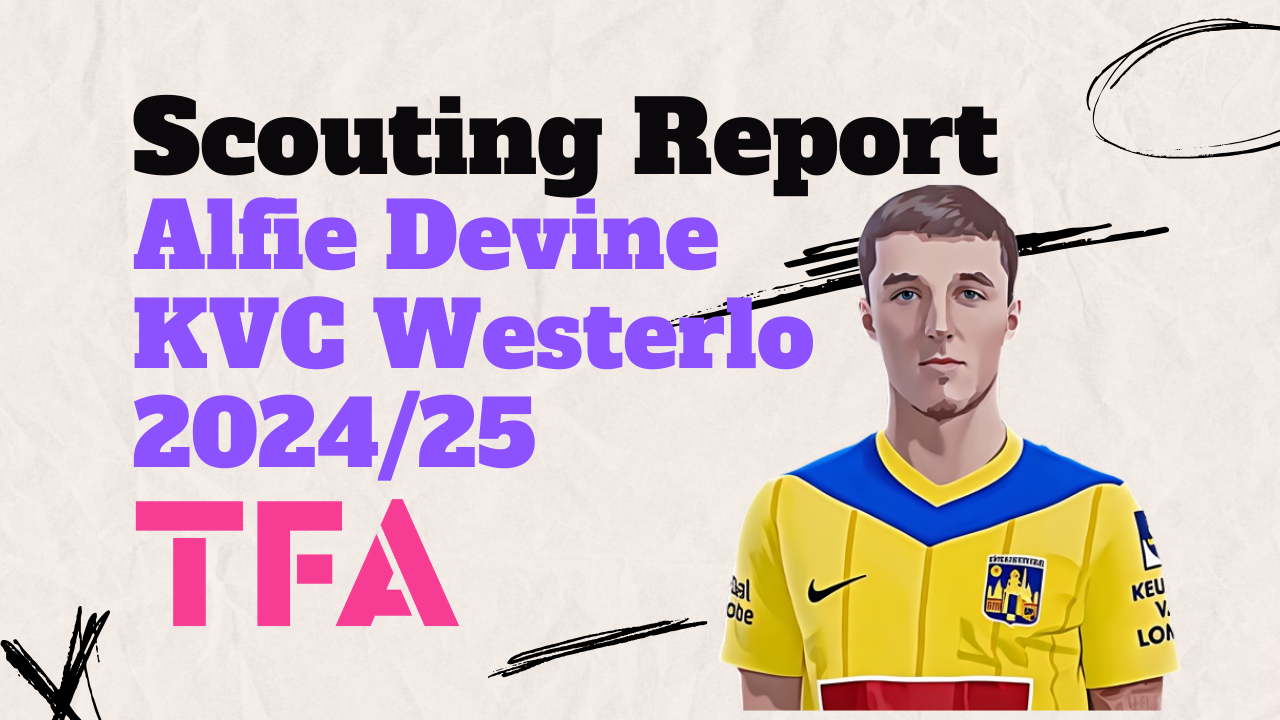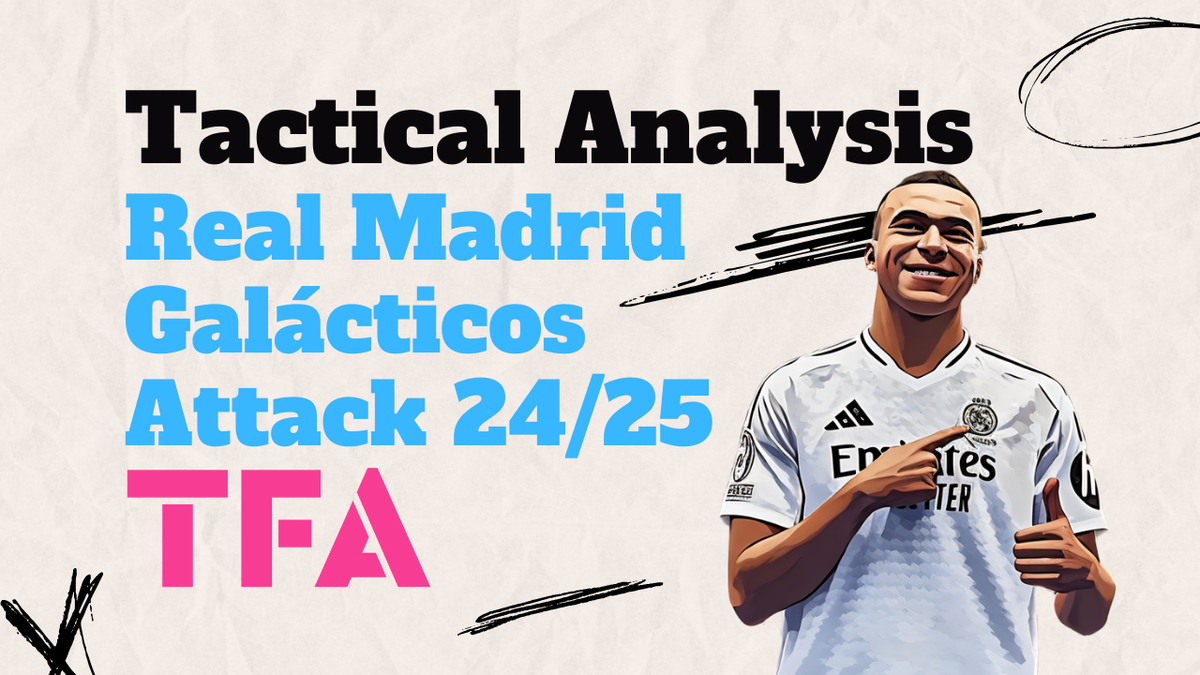Following a long-awaited start of the tournament for the locals of New Zealand and Norway — as well as the rest of the world — New Zealand exploited Norway’s errors along with the fact that they had their home support cheering them on and won the match 1-0.
This was the first surprise of the tournament so far. Even though New Zealand deserved their precious win, and their performance earned them three points. On the other hand, the surprise was negative from Norway’s side since the team failed to start the competition as they should and gave away three critical points in a group including New Zealand, Switzerland and the Philippines.
It is true that Norway still have a chance to recover from their first loss and make up for it when they meet Switzerland on Tuesday. Yet, the mission against a powerful team like Switzerland will not be easy even though Norway better in terms of quality on paper.
This match proved once again, after the friendly encounter between New Zealand and Norway last year, that Norway are not 100% ready for such a tournament, especially from a defensive perspective. This tactical analysis article will explore Norway’s errors and how to fix them. Plus, the analysis will cover how New Zealand won the game in terms of their tactics.
Lineups
Jitka Klimková preferred to start the match with the 4-4-2 formation, featuring two compact lines of defence. Victoria Esson was the goalkeeper, while she went with CJ Bott, Rebekah Stott, Katie Bowen and Ali Riley in defence. Indiah-Paige Riley and Betsy Hassett played as the wingers, while Ria Percival and Malia Steinmetz occupied the space between them as central midfielders. Finally, Jacqui Hand and Hannah Wilkinson formed the team’s attacking duo at the top of the pitch.
On the other side of things, Norway’s head coach Hege Riise started the game using the 4-3-3 formation with Aurora Mikalsen as the goalkeeper behind Thea Bjelde, Chelsea‘s Maren Mjelde, Mathilde Harviken and Tuva Hansen in defence. Arsenal‘s Frida Maanum, Barcelona‘s Ingrid Syrstad Engen and Chelsea’s Guro Reiten formed the midfield trio. At the same time, Caroline Graham Hansen and Manchester City‘s Julie Blakstad played as wingers alongside Lyon’s Ada Hegerberg, who was the team’s striker.

Norway’s defensive and attacking issues
This first fixture of the Women’s World Cup showed that Norway are not in their best form at the moment and that the quality existing in this team is not being exploited as required. The team has some of the best players in the world, especially in midfield and attack, yet they failed to create dangerous chances or score goals against New Zealand. Even more problematic is that they conceded a goal and could have conceded other goals, too, due to some perilous defensive mistakes. We cannot blame the players only for such errors, as the coaching staff has got a lot to do with this too; they are the ones who organise this defence, after all.
For example, deciding to play with a very high defensive line at specific moments in the match proved risky. It brought a lot of problems to the team, mainly because New Zealand relied on counterattacks and exploited the spaces left behind Norway’s defence. This opportunity shows how advanced the defensive line was during one counterattack that could lead to a goal if Wilkinson dealt more precisely with the through pass she received.

A similar situation occurred during the second half when Norway’s defensive line was also advanced. Hand was intelligent and especially quick enough to exploit the situation and penetrate from the right wing before serving Wilkinson in a way she couldn’t refuse. However, the way Norway’s defence marked Wilkinson here needs to be urgently addressed. If the centre-backs keep marking in the same way they did with Wilkinson, Norway will surely be in trouble in the following encounters because this was really passive marking.
Letting the striker remain ahead of the centre-backs and receiving the pass without disturbance is all that strikers desire. Marking should have been tighter on this occasion, and Wilkinson shouldn’t have been given extra meters to touch the ball freely. Moreover, even if Wilkinson was too quick to catch, one of the two defenders should have attempted to deviate the pass with a sliding tackle before it reaches Wilkinson instead of just running desperately behind the striker.

From an attacking perspective, it was disappointing to notice that Norway didn’t create many chances and were not dangerous in front of goal, partly due to the team’s lack of ideas inside the final third and, most importantly, due to New Zealand’s compact and dynamic defending throughout the match.
This means that even when Norway tried to reach the goal and succeeded in reaching the box, New Zealand’s defence prevented Norway’s forwards from having the time to shoot well or provide assists.
This opportunity highlights Norway’s finishing issues and how they struggled to keep up with New Zealand’s very dynamic and aggressive defence since Maanum failed to shoot accurately here due to New Zealand’s disturbance after Hegerberg gave her an intelligent key pass with a header.
In this match, Norway’s most prominent issue was failing to exploit such key chances and avoiding New Zealand’s defence. And the head coach didn’t do much to change the situation in Norway’s favour, apart from some changes that were not impactful.
New Zealand’s excellent performance
New Zealand started the tournament in the best of ways by beating Norway as they intelligently used the fact that they played at home in their favour and didn’t let that put extra pressure on them. On the contrary, the players looked very motivated throughout the match and wanted the win more than Norway. That’s why they could win more duels and succeeded in limiting their opponent’s attacking threats despite the big difference in players’ quality.
Moreover, the latest friendly between the two teams helped New Zealand become accustomed to their opponent’s style of play and the players that need extra markings, such as Hegerberg and Hansen. The team succeeded in limiting the danger of these two players, considered the most impactful players for Norway, especially in attack. Keeping the same level of aggressivity and attention during the upcoming games will help New Zealand a lot in conceding fewer goals,s especially if they avoid committing unnecessary fouls.
For the attacking aspect, New Zealand did the best they could compared to their abilities and the quality of their players up front. Although they did not create numerous chances, it is fair to say that the team exploited every opportunity and brought danger with almost every possibility, mainly thanks to Wilkinson, who was always focused and caused many problems for both centre-backs.
The game’s only goal highlights her excellent movement without the ball and how she could evade marking during that counterattack. Also, Hand’s role in terms of passing shouldn’t be underestimated in this match, as she was the one supporting Wilkinson every time, forming a complementary attacking duo with the latter.
This being said, New Zealand could have scored more goals to confirm their win and be able even to economise energy at the end of the game, knowing that they missed a penalty and a few dangerous opportunities, such as Riley’s powerful shot at the 61st minute. Therefore, working a bit further on finishing and concentrating in front of the goal would help New Zealand a lot in the upcoming games if they want to quality to the next round and achieve a memorable participation.

Wilkinson could also provide an assist to a second goal during an occasion that could have led to a goal. Wilkinson was indeed disturbed by two defenders, yet she could give that pass since her teammate was completely unmarked on the left side and could have scored a goal. Such final vital passes and shots can be essential and crucial for New Zealand if executed at the right time. With such experiences, the players will surely deal better with such situations.

Conclusion
This tournament’s first match marked a historic win for the locals of New Zealand, giving them a reason to continue their journey to strive for the knockout stage and extra motivation to win their upcoming games and perform even better, especially when being considered underdogs.
On the other side, Norway started the tournament with a disappointing performance and should get back on track as soon as possible if they still want to book a ticket for the next round. And to do that, much work is needed both from an attacking and a defensive perspective.




Comments